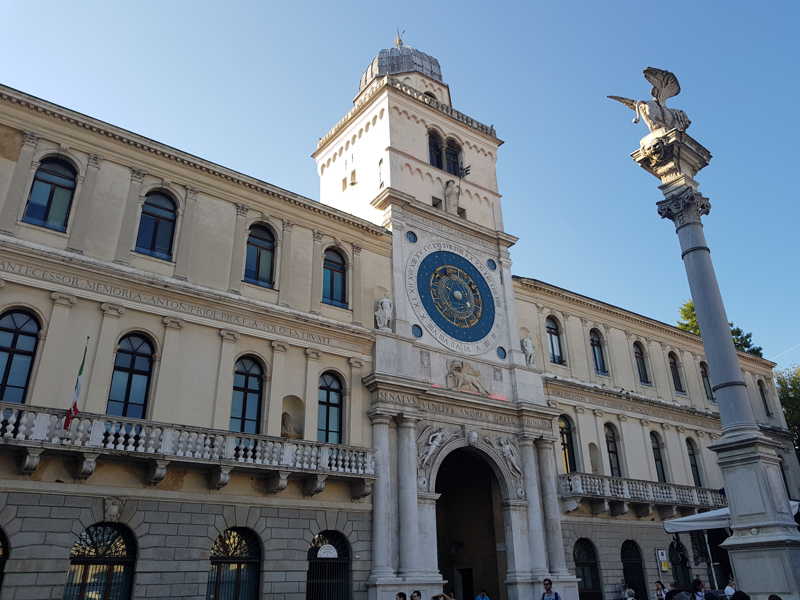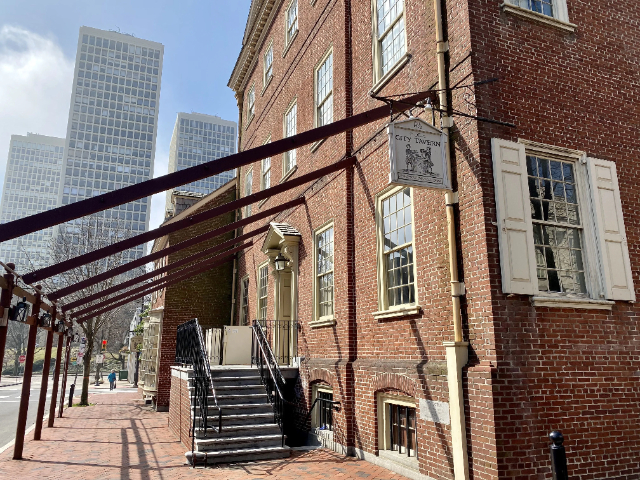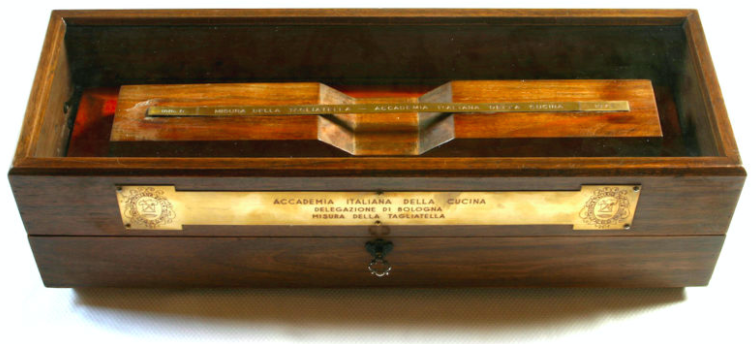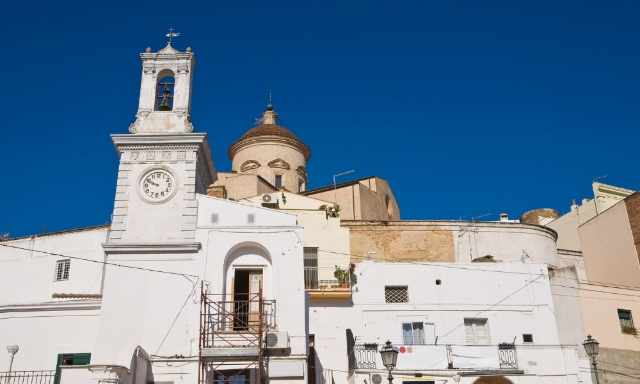In Padua’s Piazza dei Signori, at the back, stands the former Palazzo del Capitano, which houses perhaps the first astronomical clock made in Italy.
In the mid-14th century, Prince Ubertino da Carrara, lord of Padua, offered a chair at the University of Padua to Jacopo Dondi, who had good knowledge of medicine, philosophy and astronomy. Dondi (who died in 1359), as a token of his gratitude to the prince, offered to install on his palace a clock indicating the hours, months, phases of the moon and the course of the sun through the signs of the zodiac; as a result of this work, Dondi received the hereditary title "dall’Orologio."
In 1390 the palace of Padua and, in particular, the clock tower were sacked, and Dondi’s masterpiece was entirely demolished; nothing remained.
In 1423, Novello Dondi dall’Orologio, a descendant of Jacopo, began the execution, on the tower rebuilt on the base of the eastern gate of the Palazzo Carrarese, of a new clock according to the drawings of the old one; this work was finished, in 1434, by Giovanni dalle Caldiere; in 1437 the clock face was painted and gilded by Giorgio da Treviso. The facade of the tower was redone in Istrian stone by Giovanni Maria Falconetto in 1532.
The clock was thoroughly repaired in 1530 and, in 1688, clockmaker Giovanni Carleschi fitted it with a pendulum. Toward the end of the 19th century, it ceased to function, but at present the artifact works excellently and was fully restored in 2010.
The single outer dial, about 5.60 m in diameter, is divided into 24 hours; it consists of five concentric circles. On the larger one are inscribed the twenty-four Roman numerals, and on the inside is a wide blue annular band sprinkled with golden stars; these two parts, with the terrestrial hemisphere occupying the center, are fixed, while the other three parts, formed by three concentric disks of different sizes, are movable.
The largest of these disks, which makes one revolution in one sidereal day, is adorned with eleven zodiac signs; the one for Libra is missing while the one for Scorpio occupies the place of two signs.
The lack is due to the fact that the signs depicted are based on the pre-Roman zodiacal system in which the constellations of Scorpio and Libra were united into one (thus occupying more space in the zodiacal belt). In fact, even today the two parts of the constellation Libra are called the "north claw" and the "south claw." At the time of its construction the clock also contained the representation of the scales, this was removed during a modification made by Abbot Bartolomeo Toffoli between 1787 and 1792 who wanted to follow the older zodiacal subdivisions. Popular tradition ascribes the absence of the scales to a reprisal of the builder against the lack of justice of the patron who wanted to pay him a lower amount than agreed upon.
The outer edge of the largest disc is divided into 360°, highlighted ten by ten with Arabic numerals. Attached to the middle disk is a sun hand, the tip of which, in the shape of an arrow, makes a revolution of the outer dial in 24 hours; the disk of this hand, representing a human face in relief fitted with flaming rays, moves in front of the signs of the zodiac. This disk is mounted on the hand in such a way that it can rotate on itself so that the face is always in a vertical position. Because of the differential movement between the solar hand and the larger disk, the path of the sun between the signs of the zodiac can be deduced.
Between the signs of Scorpio and Sagittarius is a hand, the index finger of which is directed toward the divisions of days and months that are reproduced on the edge of the second disk. The names of the months are written in Latin, and the dates are recognizable by the alternating black and white divisions, indicated, from ten to ten, by the numerals; the months have the number of days according to the calendar, and the month of February has 29 divisions. The smallest of the three discs, whose revolutionary motion corresponds to the diurnal motion of the moon, has a round opening, eccentrically placed, in which the phases of the moon are represented. The edge of the small central disk is divided into 29 ½ parts, the 0 point of which corresponds to the lunar eccentric opening. The extension, inward, of one of the rays of the flaming disk indicates the age of the moon on these divisions. On the same central disk are distinguished, always starting from the 0 point, a triangle, a square and a hexagon, the three basic figures taken from astrology and used, in the Middle Ages, to make horoscopes. The four round apertures at the corners of the dial show the month, date, hours and minutes. The latter are incremented five by five minutes.













